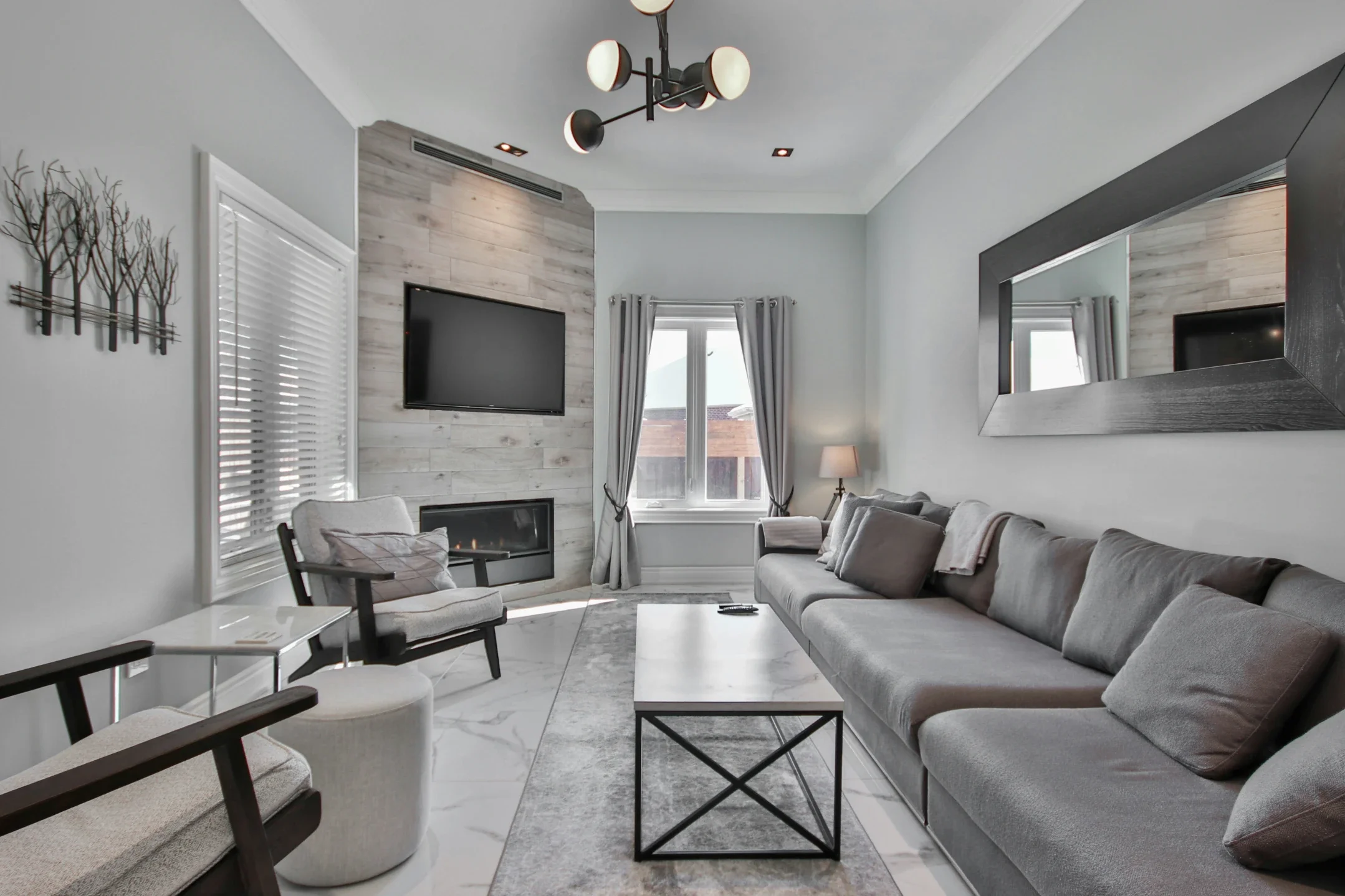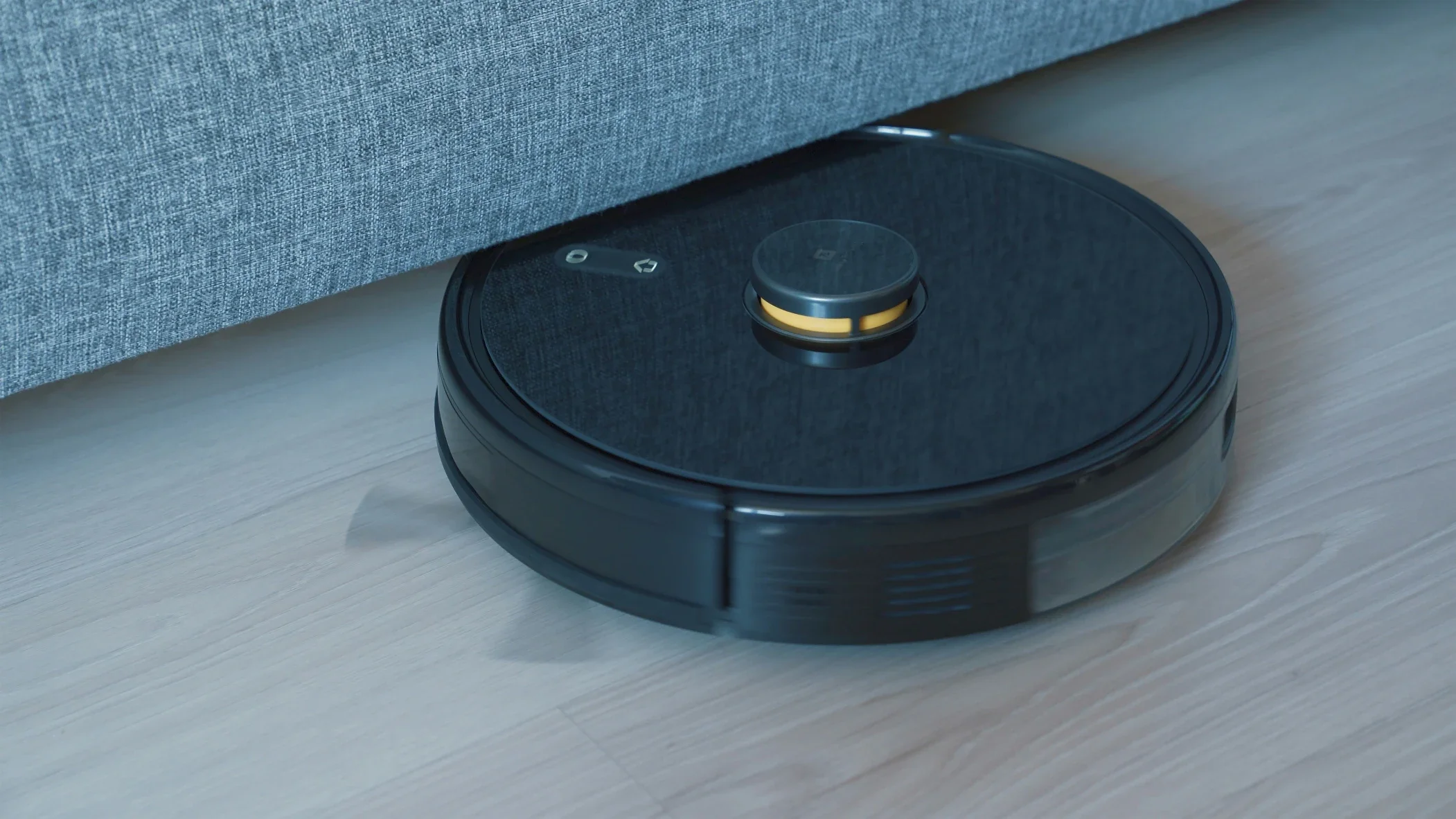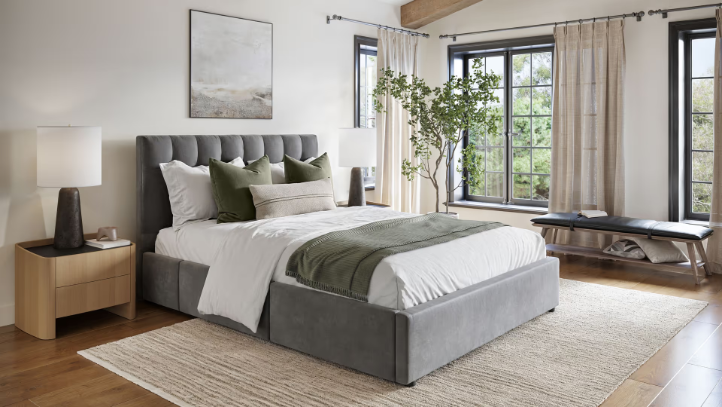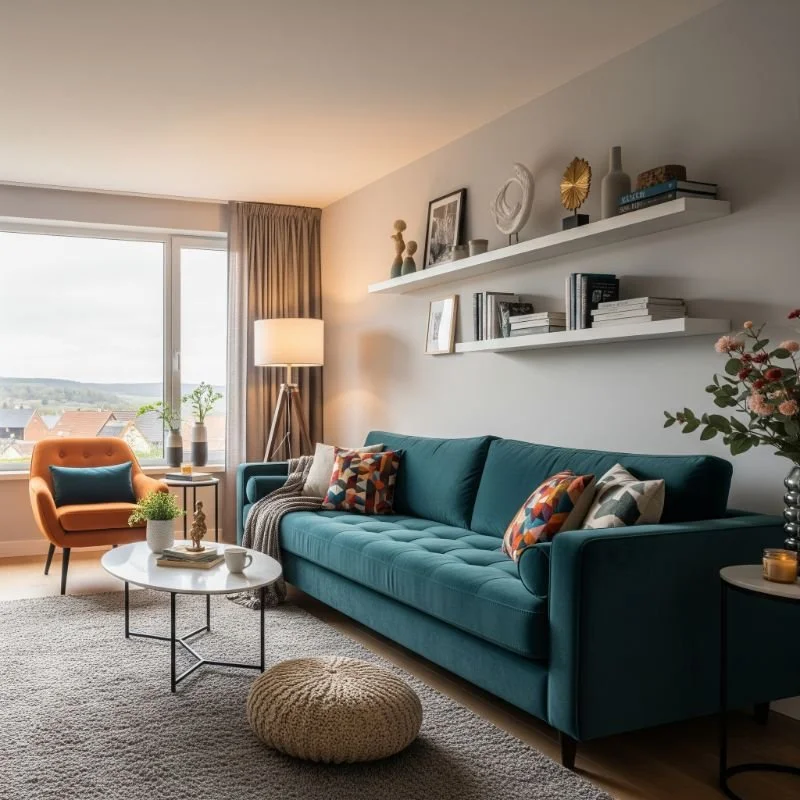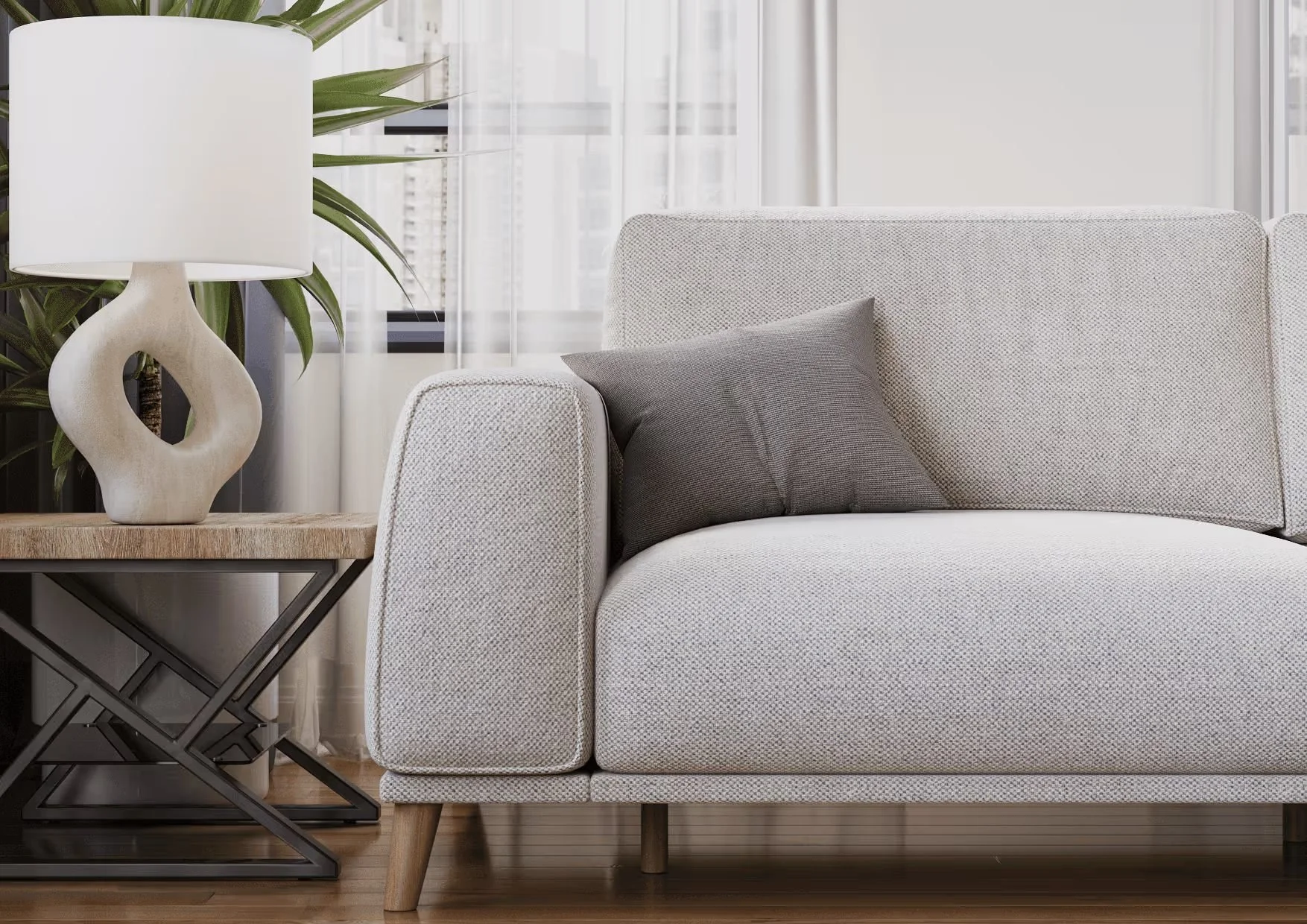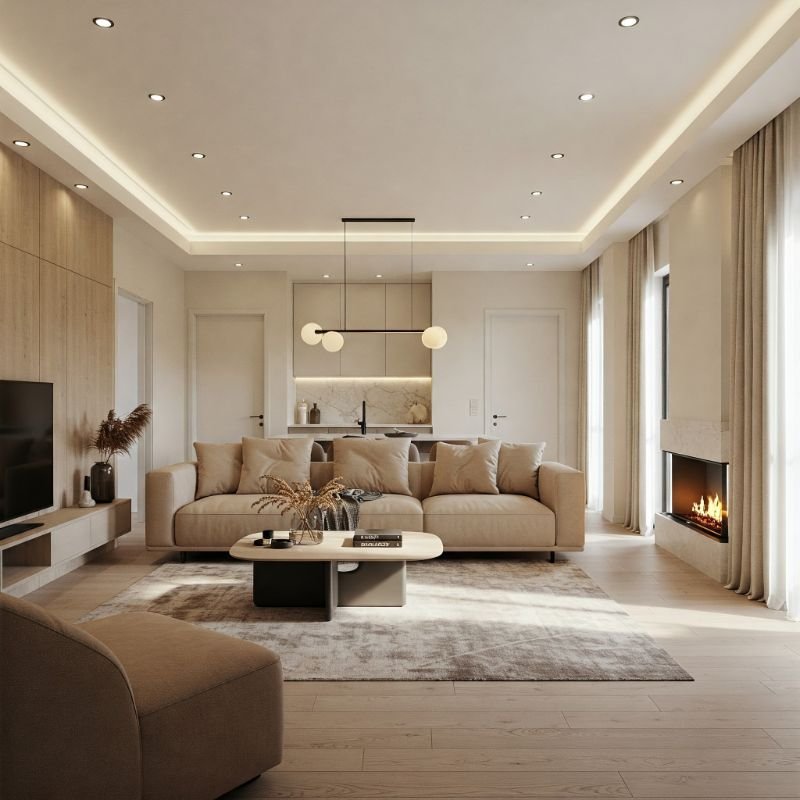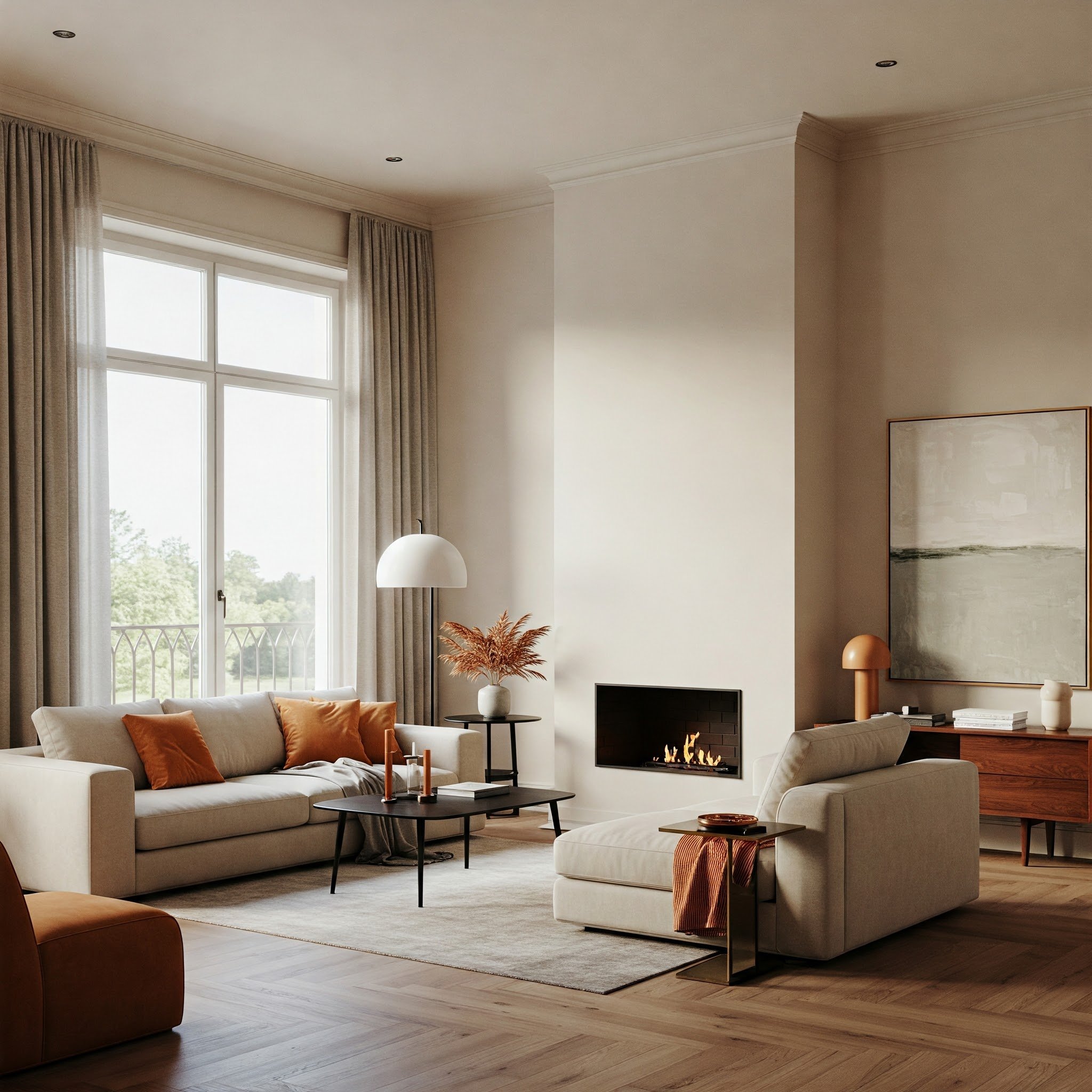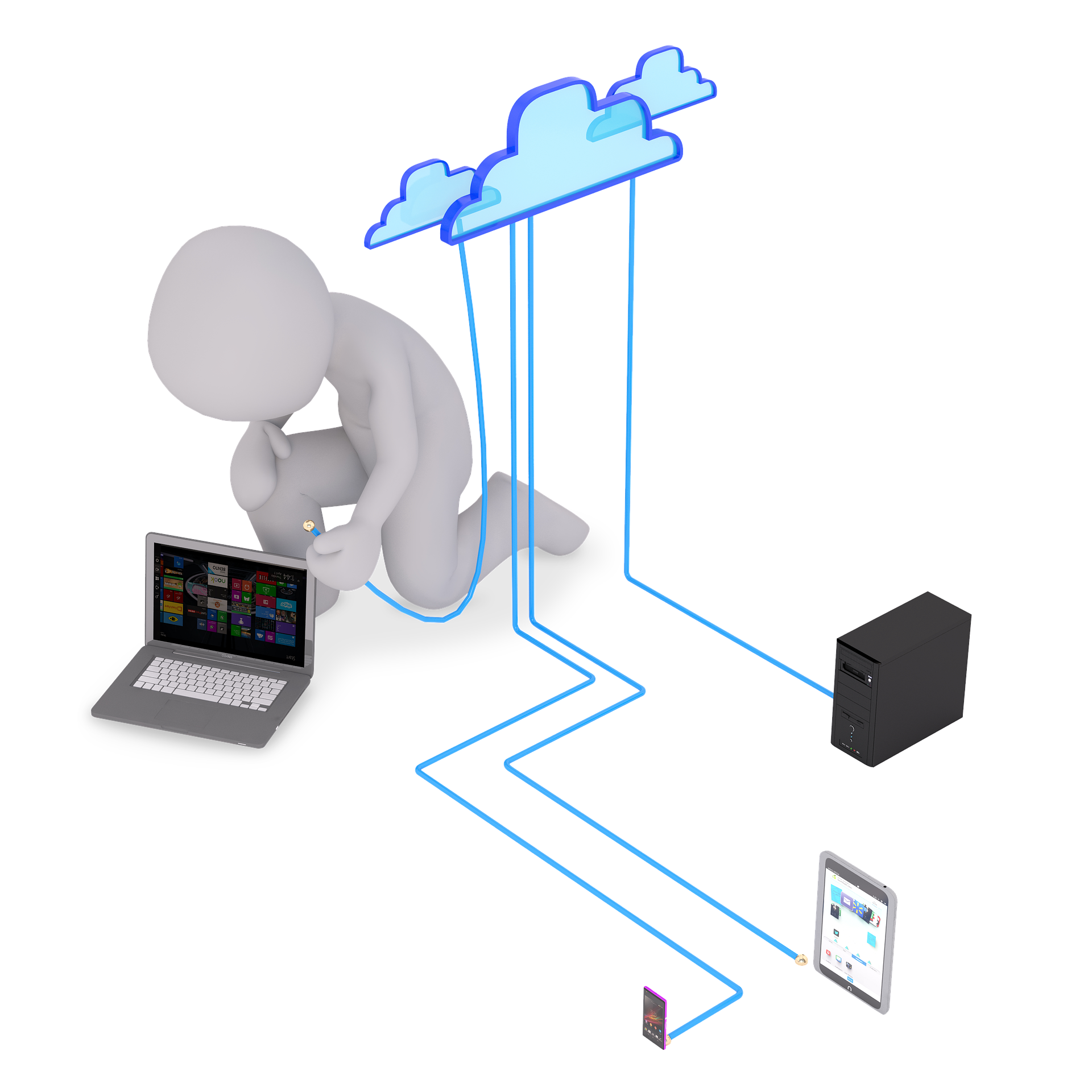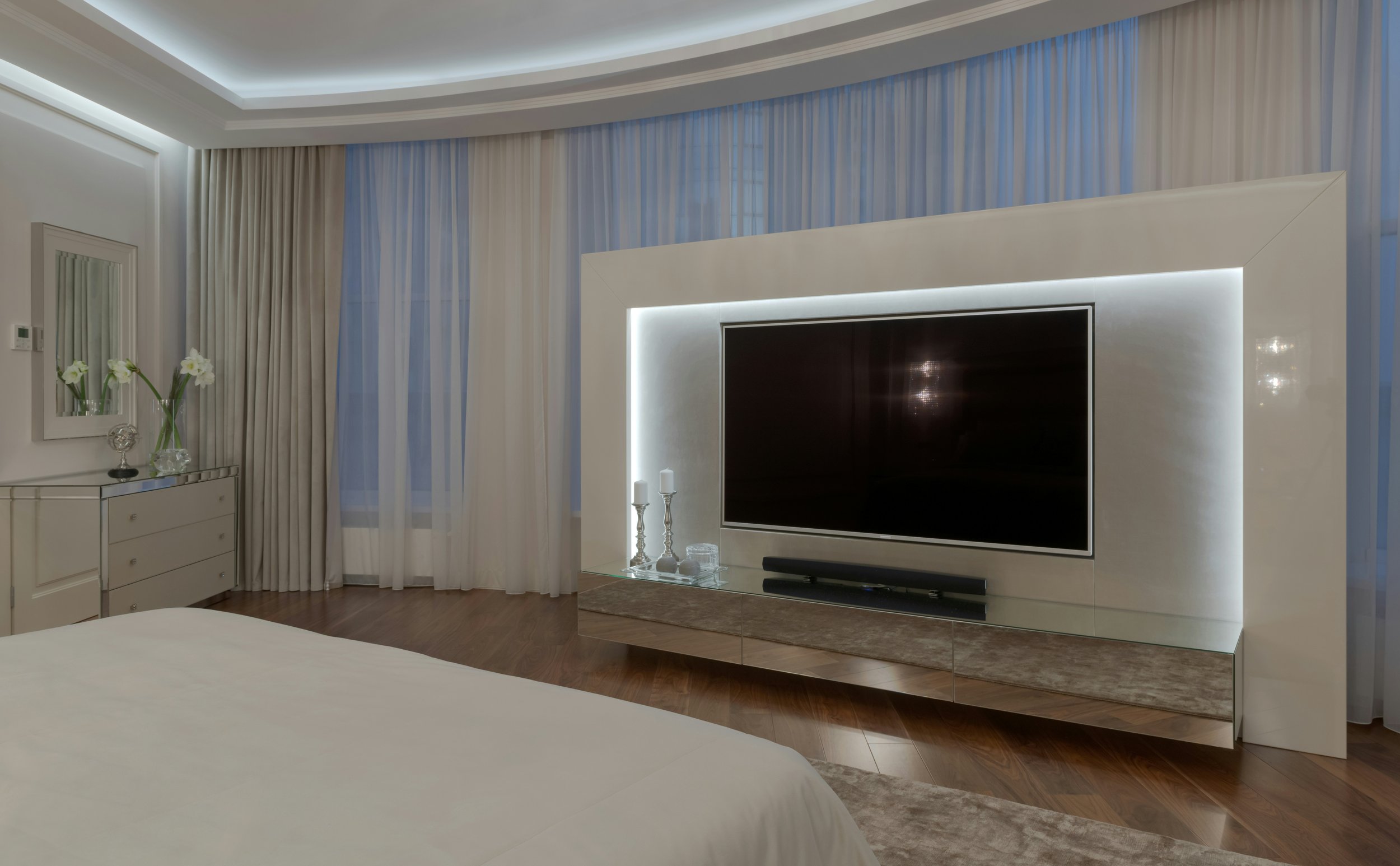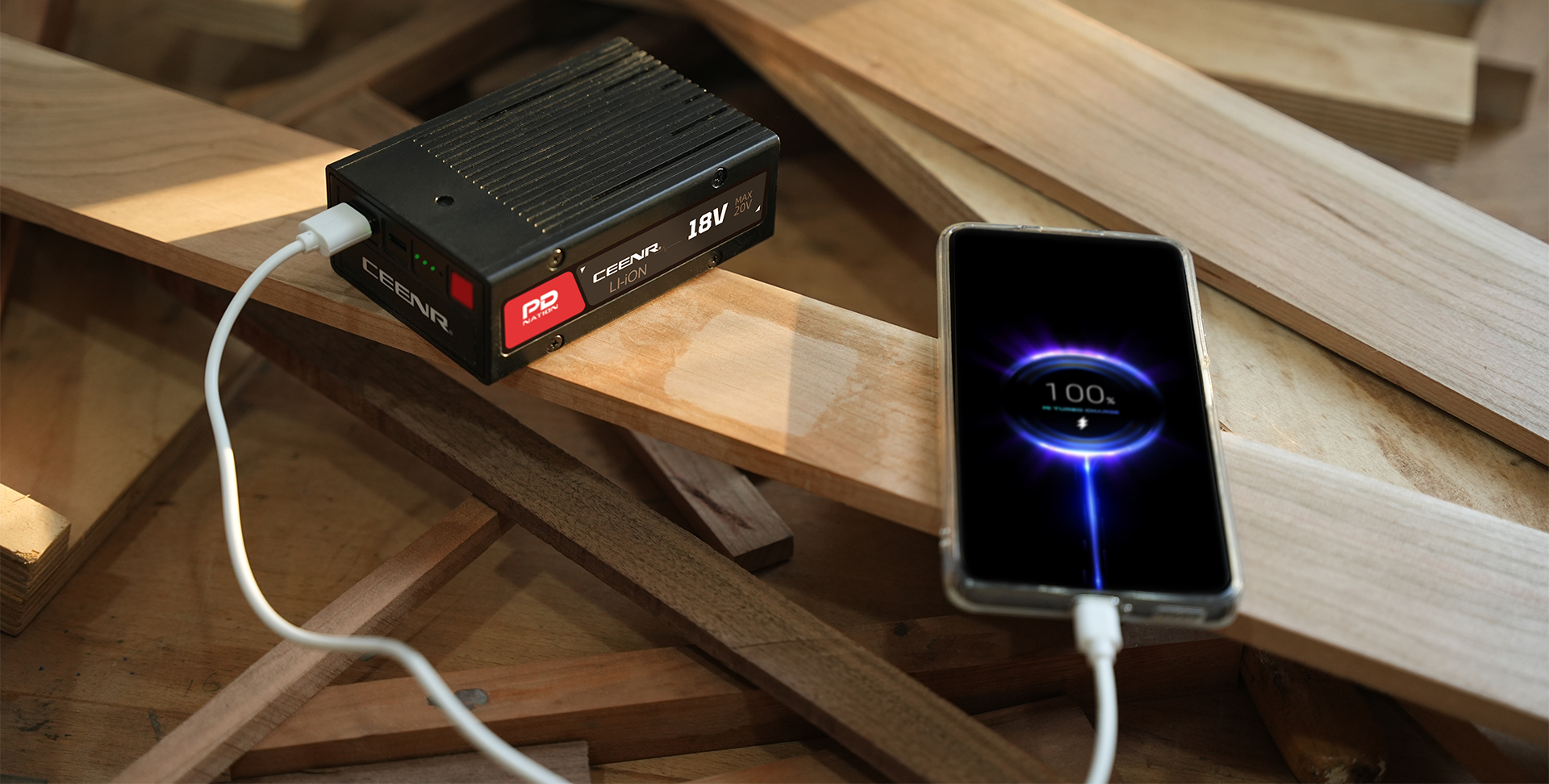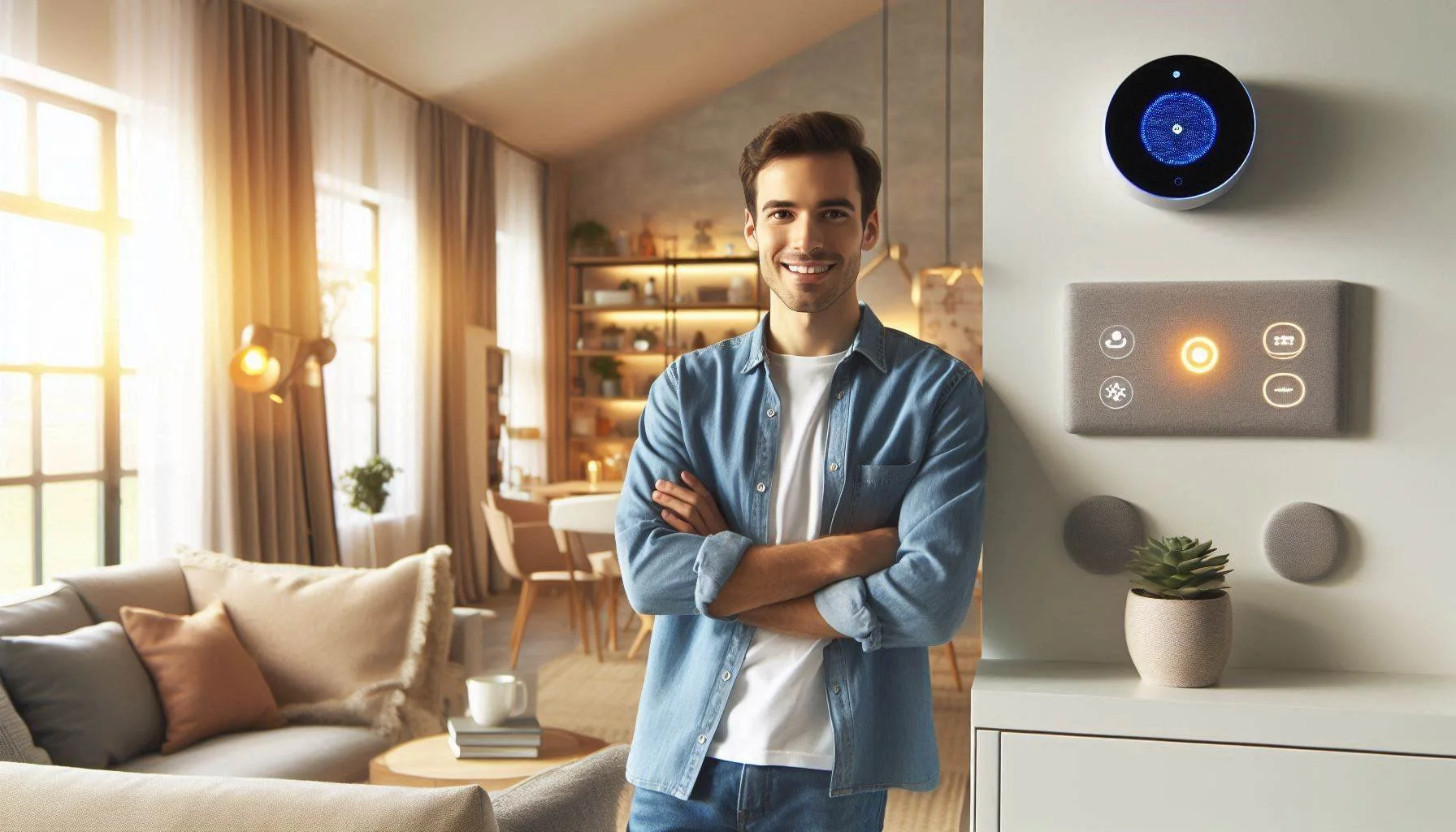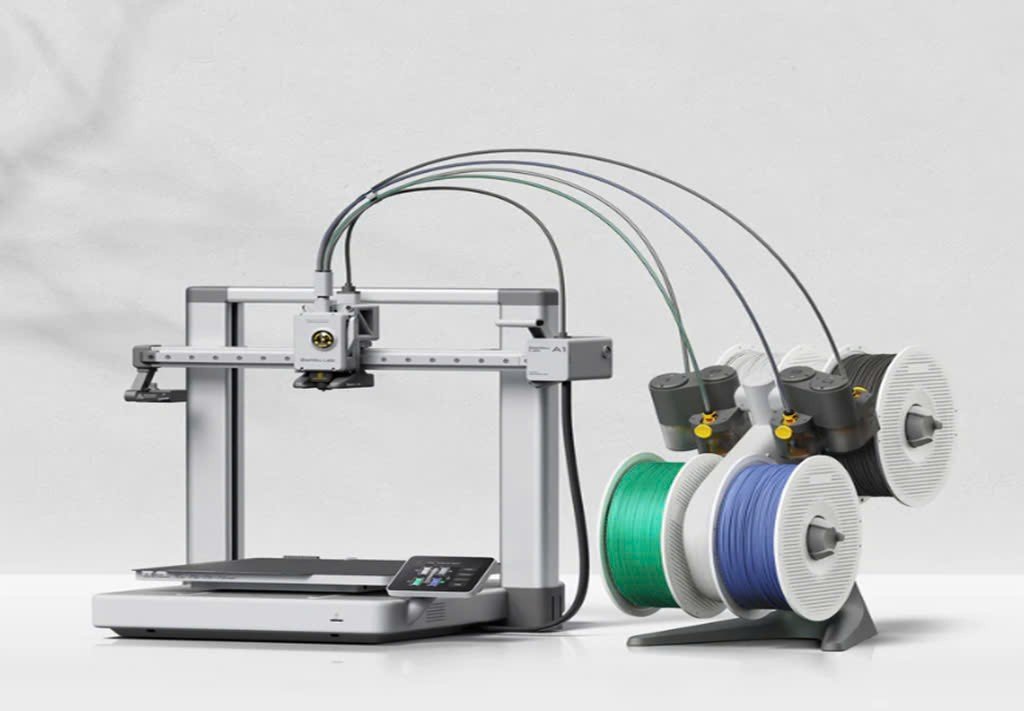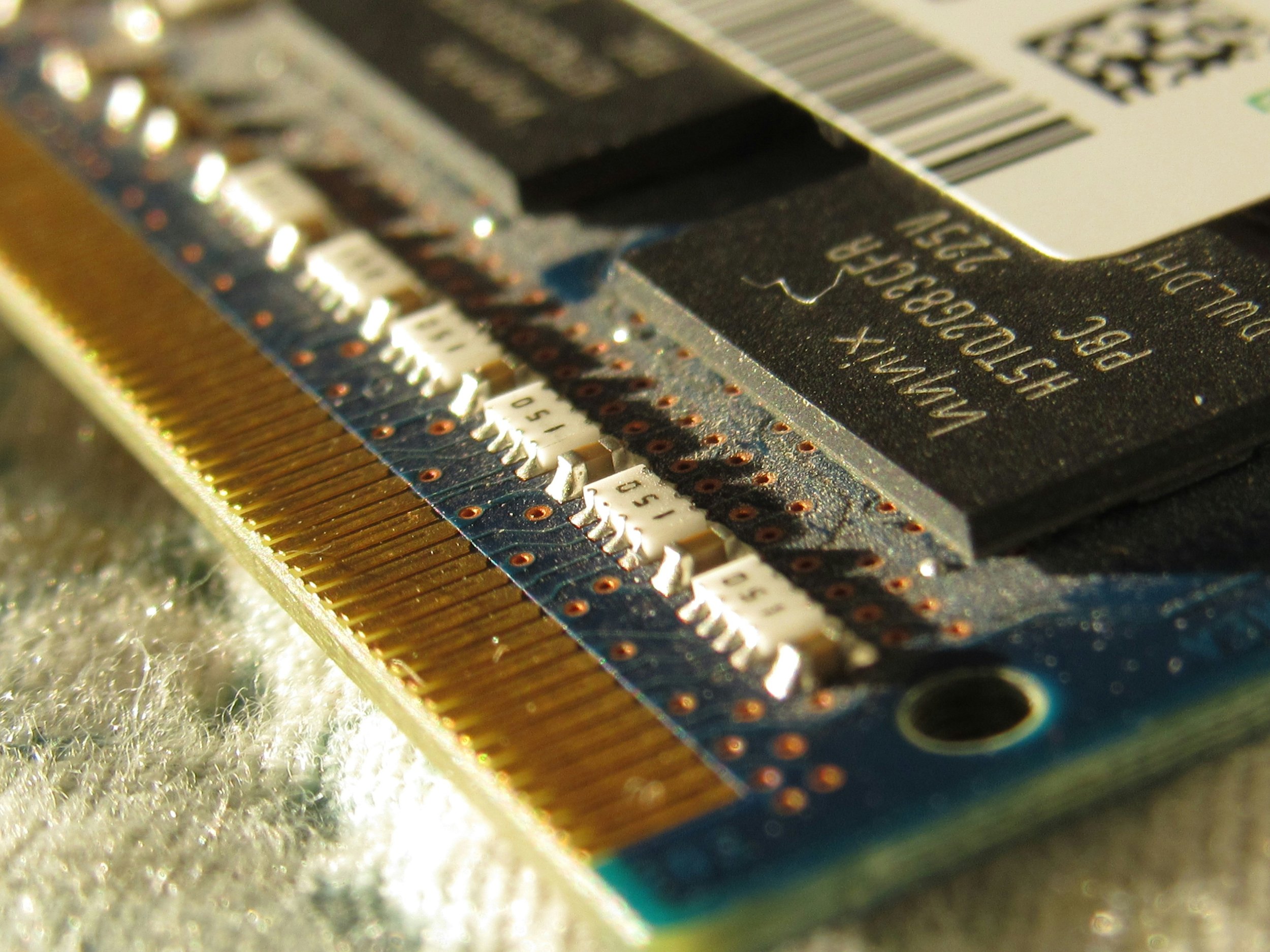The Power of Texture: How 3D Texturing Services Elevate Interior Design Visuals
Discover how 3D texturing services bring depth, realism, and sophistication to interior design visuals for more impactful presentations and projects.
When it comes to interior design, details make all the difference. A brushed brass finish, the depth of natural wood grain, or the soft texture of velvet can dramatically influence how a space feels. But how do we communicate those tactile sensations through digital content?
That’s where 3D texturing services come in. For designers, furniture brands, and e-commerce platforms, 3D texturing is essential to crafting high-end, photorealistic visuals that showcase products with depth, realism, and emotion.
What Are 3D Texturing Services?
3D texturing is the process of applying surface details to 3D models. It’s how a plain geometric model becomes a sleek leather armchair, a weathered stone table, or a glossy lacquered cabinet. Through texture maps, materials, and lighting, texturing artists simulate how a surface looks and reacts to light in real-life conditions.
These services go beyond basic coloring. They involve:
Bump and displacement mapping to simulate surface depth
Reflection and roughness maps for realistic light behavior
Procedural and image-based textures to create lifelike materials
Professional 3D studios use tools like Substance Painter, V-Ray, and 3ds Max to build libraries of textures for every type of material — wood, glass, metal, fabric, stone, ceramic, and more.
Why Texture Quality Matters for Interiors
In interior design visuals, lighting and texture are the two pillars of realism. No matter how perfect the model is, without high-quality textures, the final image can look flat and artificial.
For homeowners, stylists, and designers, accurate textures help:
Evaluate how materials will interact
Visualize color variations and finishes
Compare design options without physical samples
It also allows for highly personalized visuals. Want to see a velvet emerald sofa next to aged oak flooring? Or test how marble countertops reflect warm pendant lighting? 3D texturing makes that possible without the cost and delays of traditional photoshoots.
The Role of 3D Studios in Texture Creation
While basic textures can be found in online libraries, truly lifelike material representation requires a skilled touch. That’s why brands and designers partner with specialized studios for 3D texturing services.
At CGIFurniture, we focus on crafting custom textures that capture the essence of each product. We replicate how linen folds, how glass refracts light, how brushed metal subtly gleams. Each detail is calibrated to reflect not just how an item looks — but how it feels.
These textures are then applied to high-resolution 3D models and styled in realistic interior scenes. The result? Visuals that are virtually indistinguishable from photographs.
How Texturing Enhances Digital Content
Whether you’re selling a designer sofa or marketing an entire room concept, the texture tells a story. And with digital-first marketing strategies now essential for interior brands, textured 3D assets can be reused across:
Websites and product pages
Online configurators
Social media campaigns
Interactive catalogs and AR experiences
It also boosts consumer confidence. When people can see the weave of the fabric, the shine of lacquer, or the grain of walnut up close — even virtually — they feel more assured about purchasing.
The Process Behind 3D Texturing
Creating top-quality textures is both an art and a science. Here's how the typical process unfolds:
Reference Collection: Gather real-world images or material samples.
Model Preparation: Ensure the 3D model is UV-mapped correctly.
Texture Creation: Build texture maps using Substance Painter or Photoshop.
Shader Setup: Apply and tweak materials in rendering engines like V-Ray.
Lighting & Testing: Set up lighting to ensure the texture reacts naturally.
Final Rendering: Produce lifestyle images, close-ups, and product cutouts.
This pipeline ensures consistency across all visuals, making it easier to scale content for different platforms and seasons.
Why LordDecor Readers Should Care
Whether you’re a design enthusiast or an interiors professional, understanding how digital visuals are made helps you make better decisions. You might not see the texturing process directly, but you feel its impact in every photorealistic render you browse.
Choosing products online? That crisp image showing the matte texture of a lamp or the stitched seam of a cushion was likely powered by custom texturing work.
Running a brand? High-end textures make your collection look premium, aligned with the values of craftsmanship and quality.
Final Thoughts
3D texturing is more than just a technical process. It’s a storytelling tool that enhances how we perceive materials, moods, and spaces. In a world where interior design meets digital experience, textures bridge the gap between virtual and physical.
If you're looking to create interior visuals that resonate on a deeper level, investing in 3D texturing services is a step toward standing out with style and substance.
Texture isn’t just a surface feature — it’s the emotional language of design. And 3D lets you speak it fluently.

